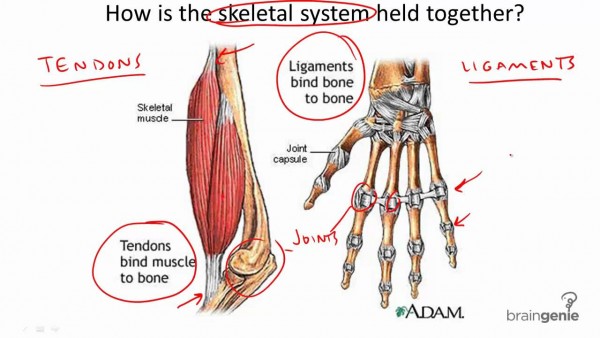 We will delve into this kosha model next … it’s another way of knowing yourself better so that we may better take care of ourselves better. Peeling layer by layer to get to the core; analogy of the kosha model but here, I am talking about superficial muscles to inner core muscles and tissues that wraps around and envelopes our organs… Sweet.
We will delve into this kosha model next … it’s another way of knowing yourself better so that we may better take care of ourselves better. Peeling layer by layer to get to the core; analogy of the kosha model but here, I am talking about superficial muscles to inner core muscles and tissues that wraps around and envelopes our organs… Sweet.
It’s interesting that many people, including me before this past few years, don’t really have the handle on their inner GPS. They know so well our freeway system and our flight schedule and have an imprint of a map of our cities and towns – BUT they don’t even know where the stomach lies in the body; nor the kidneys … most just get by knowing where the lungs and the heart are but … beyond that it’s for the med students. But we all have this body and mind. We just don’t seem to OWN it. That’s why I loved Will Meecham’s Blissology’s anatomy videos … a bit more detailed than needed for us layman but it’s not dumbed down. Thank goodness.
Here’s a little lesson, courtesy of National Library of Medicine:

A tendon is a fibrous connective tissue which attaches muscle to bone. Tendons may also attach muscles to structures such as the eyeball. A tendon serves to move the bone or structure. So when a muscle contracts to move a joint, it is the tendon that pulls on the bone.
A ligament is a fibrous connective tissue which attaches bone to bone, and usually serves to hold structures together and keep them stable. It serves as strong rubber-ish bands so flexible to allow movements but also determines that range.
A cartilage is an elastic padding that cushions and protects the ends of long bones at the joints, and is a structural component of the rib cage, the ear, the nose, the bronchial tubes, the intervertebral discs, and many more other body components. Not as hard and rigid as bone, but it is stiffer and less flexible than muscle. Think of it as a shock absorber that reduces friction in rubbing the bone surfaces.
These connective tissues are mostly composed of collagen, a protein substance acting like scaffolds, regenerating, whether in forms of sponges, thin sheets, or gels. Collagen has the key properties for tissue regeneration ideal for osteoblasts (new bone growth!) and fibroblasts (for wound healing).
So … muscles are of course very important but … so are the connective tissues. Why not take care of them both?